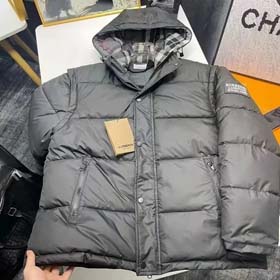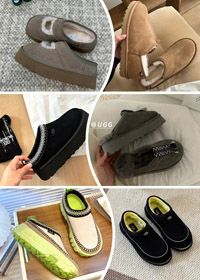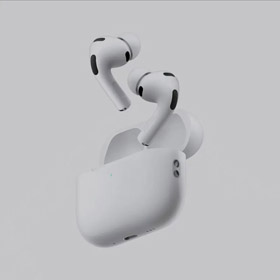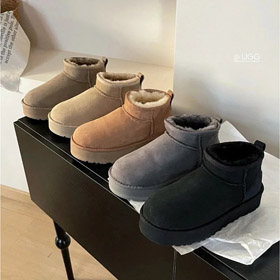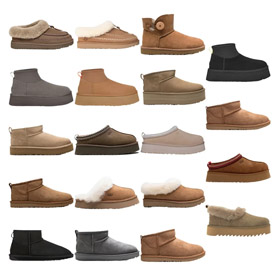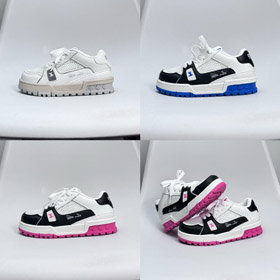How Online Retailers Use Big Data to Recommend Burberry Products
In today's digital shopping landscape, e-commerce platforms like Mulebuy.shop
The Data Behind Your Recommendations
When you visit luxury fashion sites, several data points are collected and analyzed:
- Browse history:
- Dwell time:
- Purchase history:
- Click patterns:
- Wishlist/saved items:
- Dwell time:
The Recommendation Logic in Action
Platforms employ several recommendation strategies for Burberry products:
1. Similar Style Recommendations
If you frequently browse Burberry's signature trench coats, the algorithm might suggest:
- New seasonal colors of the Heritage trench
- Matching Burberry scarves or handbags
- Other outerwear from the same collection
2. Price Point Alignment
The system notes your typical spending range. If you often view Burberry's mid-range accessories, you're more likely to see:
- New arrivals in that price bracket
- Special promotions on similar items
- Compelling alternatives when sought-after items sell out
3. Complementary Items
Purchasing a Burberry wallet may trigger recommendations for:
- Matching leather goods from the same collection
- Featured items often bought together
- Luggage that complements your travel aesthetic
Optimizing Your Shopping Data for Better Burberry Finds
Help the system understand your preferences better with these techniques:
Click Thoughtfully
Only interact with products that genuinely interest you. Each click teaches the algorithm what to show you.
Curate Your Wishlists
Maintaining organized wishlists signals your preferred style and quality level to recommendation engines.
Complete Your Profile
Providing accurate size, color preferences, and style quizzes helps filter recommendations.
"Not Interested" is Powerful
Use this feedback option when appropriate to refine future suggestions.
By understanding how platforms like Mulebuy.shop













